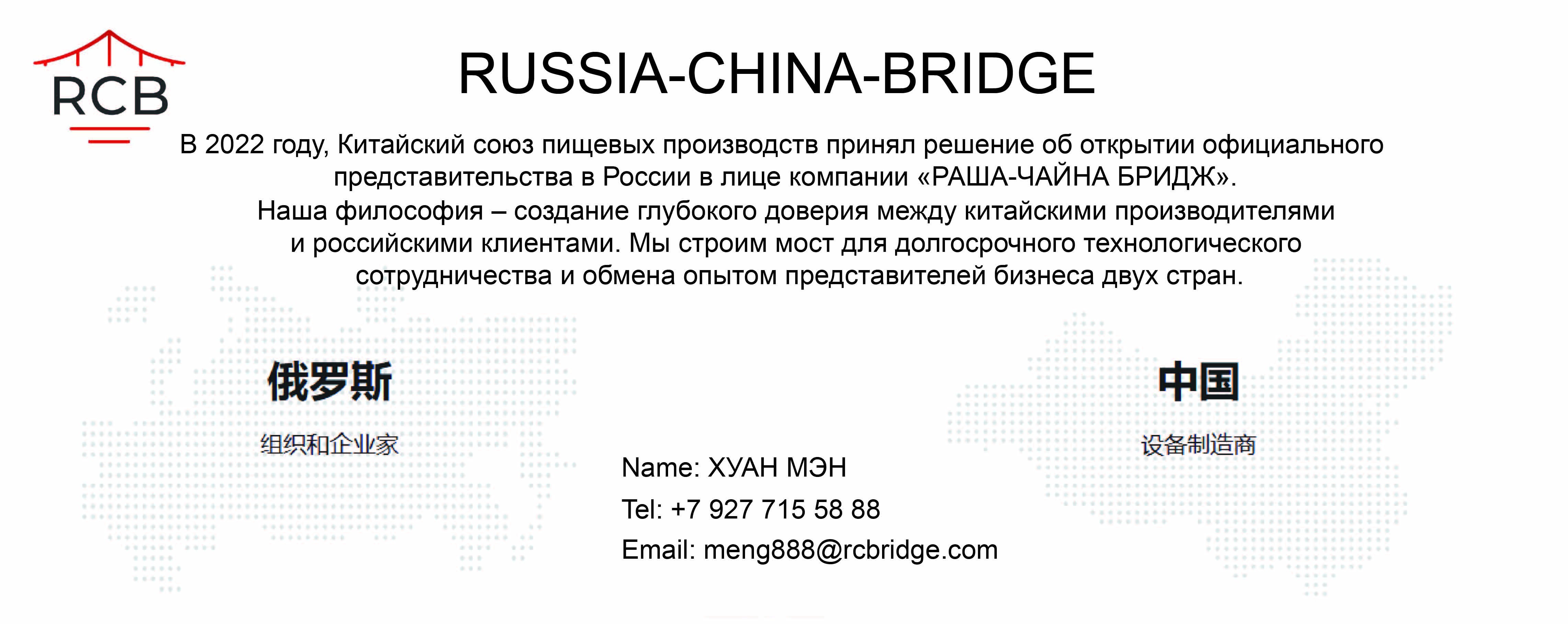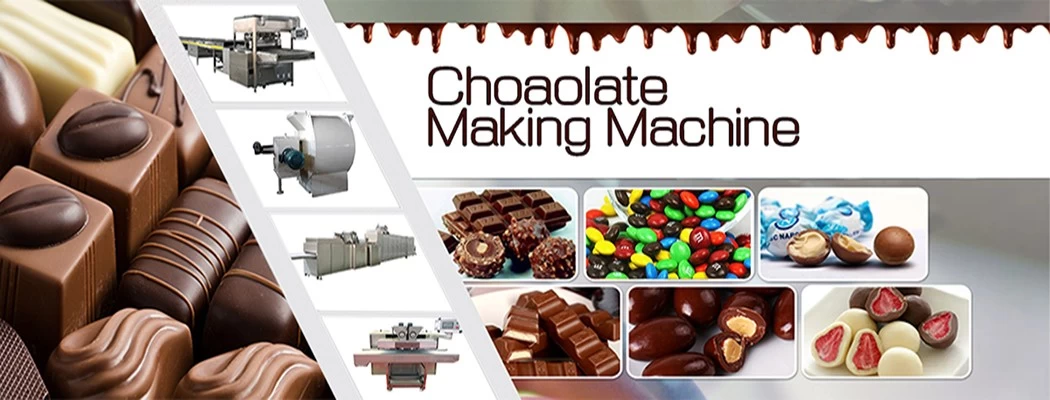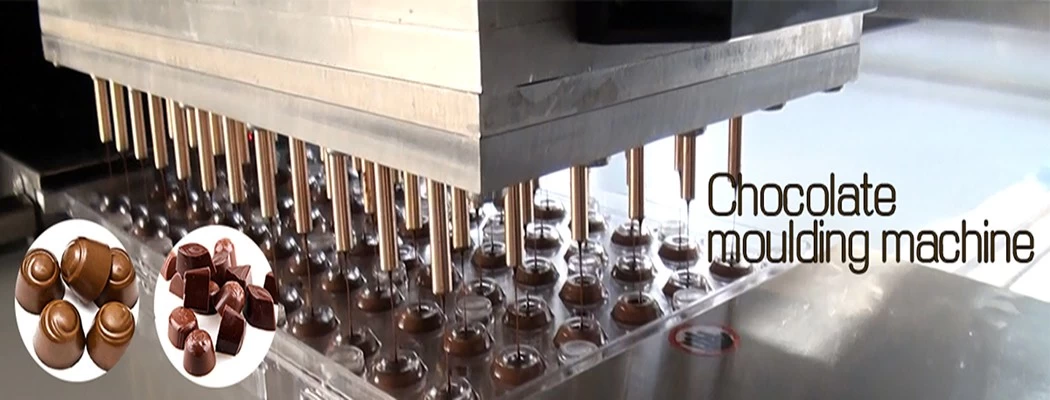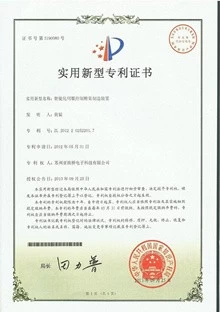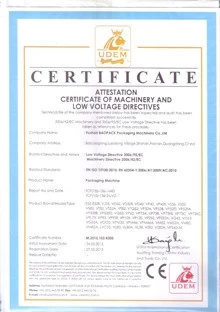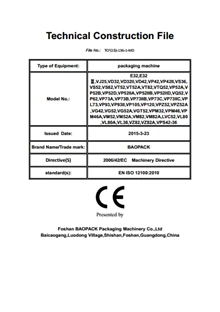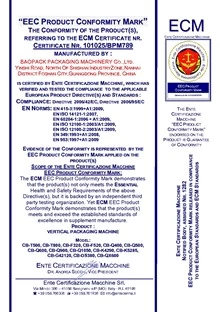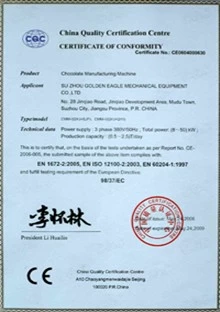From cacao to chocolate
Aus cacao to chocolate
The Cacao Bean
Kakao originates from the cacao tree in wet tropical countries. The cocoa production territories are concentrated around the equator e.g.: Ivory Coast, Ecuador, Brazil Ghana and Zaire.
Das cocoa pod is 15-30 cm long and has a red or yellow color. Each pod contains 25-50 seeds or beans. Cacao trees produce pods throughout the year, but large harvests occur twice annually and may take weeks to complete.
Ernte
Dort are no machines for harvesting cacao. Instead, workers must harvest the pods by hand, using short, hooked blades mounted on long poles to reach the highest Frucht. The pods’ thick shells are then opened and the pulp-covered cacao beans are scooped out.
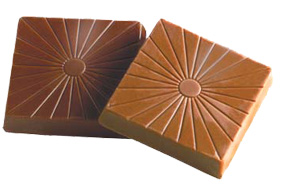
The Fermenting
Das beans are then fermented in trays or heaps on the ground and covered with Bananenblätter. For the next three to nine days, the seeds will ferment like wine, giving the seed their chocolate flavor. During fermentation, the beans turn a rich, deep brown. Fermented seeds are then dried in the sun, or some use special air drying equipment, to prevent mold growth. The cocoa beans are then packed into burlap sacks and shopped to chocolate and cocoa producing factories in der ganzen Welt. One of the larges chocolate producers is Callebaut in Belgien.
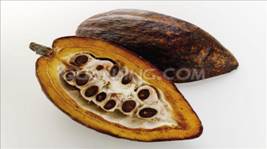
Cleaning and Roasting
Das beans of different origin are sorted and then cleaned and roasted, which is the key to excellent chocolate flavor. The seed loses much of its moisture and turns a deep brown color. The roasting also simplified the separation of shell and nibs.
Winnowing and Crushing
Following the roasting process, the beans go through a machine called a winnower, which removes the outer hulls and separates the nibs of the beans by size. The nibs are the basic product used for chocolate production.
Das nibs are then milled—crushed by heavy steel discs. This process grinds them into a thick paste called chocolate liquor.
Etwas of the chocolate liquor is placed to large presses, which squeezes out the cocoa Butter. This fatty, yellow substance can be added to dark or milk chocolates, used as the basis for white chocolate, or used in cosmetics and medicine. Das remaining solid cocoa is crushed, ground and finely sifted into cocoa powder—the product used in beverages, cooking, and baking.

Blending
Kakao paste, cocoa butter, sugar and milk are the four basic ingredients for making Schokolade. By blending these ingredients, with specific recipes, the basis of every chocolate product is made: dark chocolate, milk chocolate, and white Schokolade. The extra cocoa butter keeps the chocolate solid at room Temperatur. This explains why chocolate doesn’t spoil—and why it melts in the warmth of your mouth.

Refining and Conching
Nächste, the chocolate mixture goes through a series of steel rollers which refines the chocolate and breaks down the tiny particles of cocoa, and sugar. The refined chocolate paste is poured into a vat in which a large heavy roller kneads, blends, and grinds the mixture.
In this process, called “conching”, the paste is refined again by agitating, heating and mixing, giving the chocolate a silky texture and pure Eigenschaften. Aerating the paste allows acids and moisture to evaporate causing the bitter taste to gradually disappear and the flavor is to be fully entwickelten.
Tempering
Endlich, the refined chocolate is cooled and warmed repeatedly in a process called “tempering. ““ This gives chocolate its glossy sheen, and ensures that it will melt properly.
Das finished chocolate is molded and packaged to be used by chocolate manufacturers to create the bars, truffles, and other fine confections that sweeten our life.
(NOTIZ: This article is mainly cited aus www.astorchocolate.com/ChocolateTour.html))
12/09/2016

